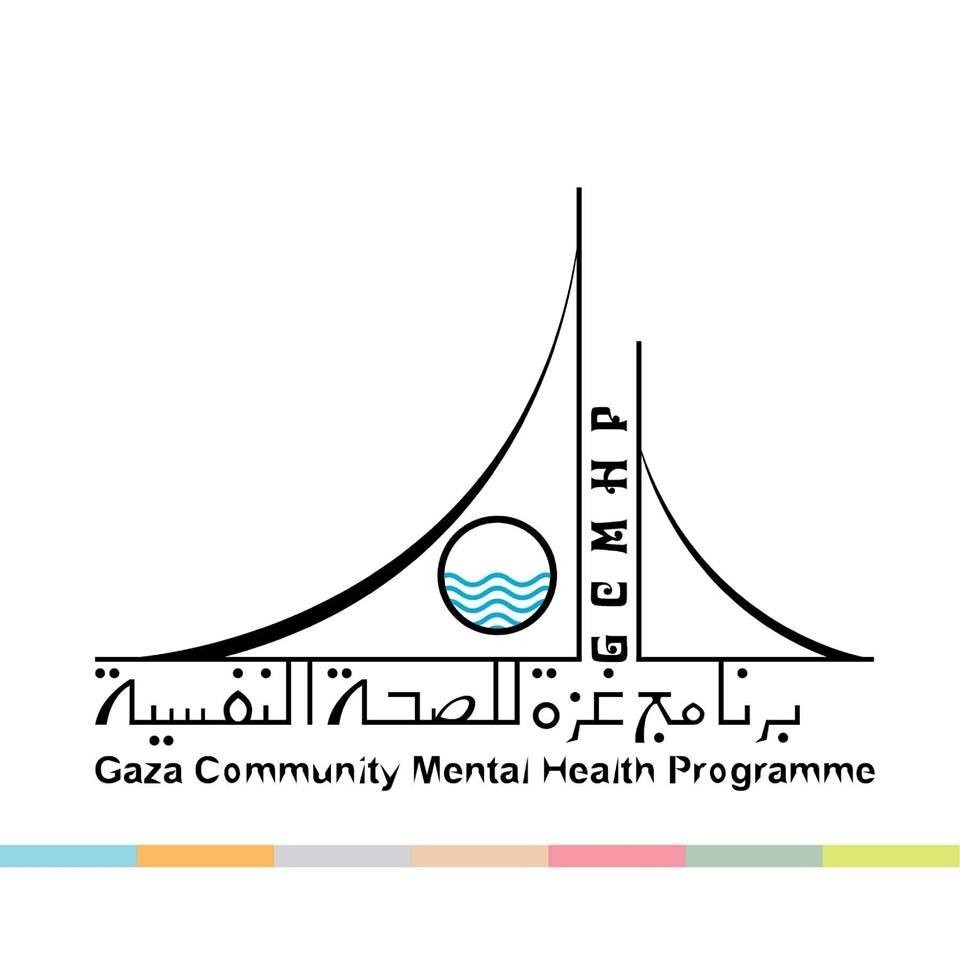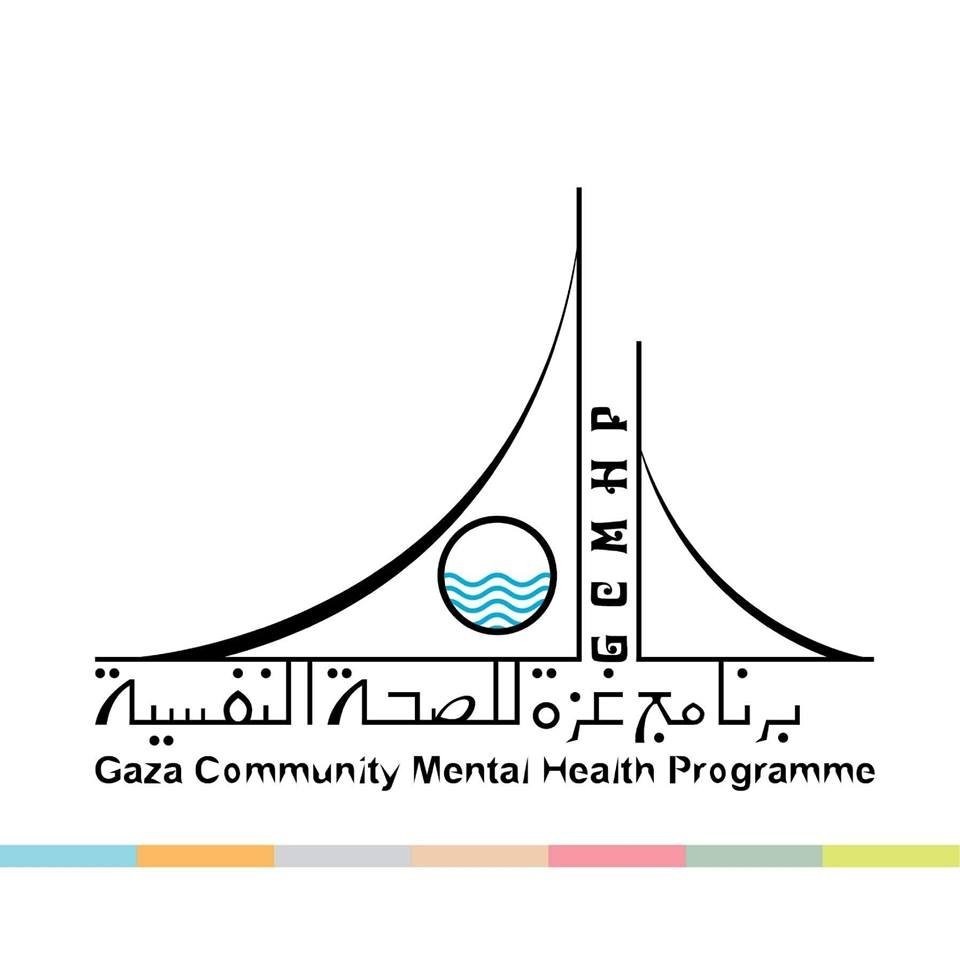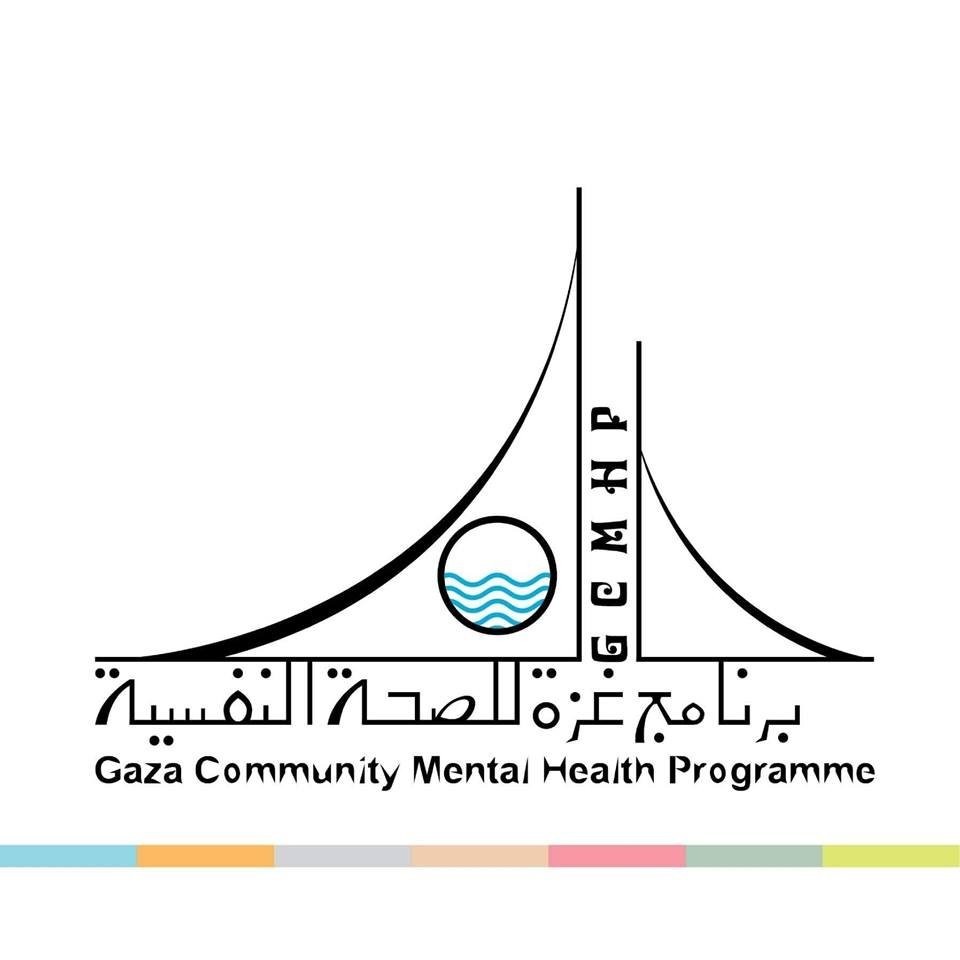
“The Midnight Hour”
Time is running out. Supporters of a two state solution, with Israel and Palestine living side by side, in peace and security, know this.
In a recent NYT op-ed piece, President Jimmy Carter quoted Ehud Olmert. Eight years ago, he warned that that if the two-state solution collapsed, Israel would “face a South African-style struggle for equal voting rights, and as soon as that happens, the state of Israel is finished.” He also quoted from Shaul Mofaz, the new Kadima leader: “The greatest threat to the state of Israel is not nuclear Iran, but that Israel might one day cease to be a Jewish state, because Palestinians could outvote Jews. So it is in Israel’s interest that a Palestinian state be created.”
It is also in the interest of Palestinians. No matter the degree of collective disillusion with Oslo, no matter the disdain for endless maps leading nowhere, most Palestinians continue to believe that an independent state is a prerequisite for accomplishing any national goal. They also understand that so long as Fatah and Hamas are caught up in bitter partisan wrangling, such a goal cannot be achieved.
Egyptians want stability on their borders and within Sinai. They know the key is internal Palestinian reconciliation and the eventual establishment of a Palestinian state.
Interests overlap. But through a paralysis of imagination, two-state supporters have proved unable to articulate a strategy offering incentives that are compelling to each of the parties.
Since no progress is possible without a working consensus among Palestinians, the first order of business becomes finding a way to break the deadlock between Fateh and Hamas.
Hamas believes that compared to Gaza, the West Bank allows little space for its political activity, thanks to Israel’s security regime and the P.A.’s assigned role as sub-contractor. Without a serious quid pro quo on offer, Hamas therefore remains reluctant to put at risk its secure territorial base.
An escape route from this cul-de-sac does exist. But it requires a major leap in conceptual thinking.
Instead of becoming bogged down in drawn out negotiations over forming a unity government whose sovereign power will be in any case be miniscule, declare a Palestinian state headquartered in Gaza. Invite Mahmoud Abbas to serve as its head, thereby guaranteeing his historical legacy. Go the United Nations to secure recognition. Rebuild the Strip’s ruined physical infrastructure, its school system, its health sector, its economy so that 1.8 people are able to live decent lives and to create a new future.
The Palestinian state begins in Gaza but does not end there. Israeli settlement activity must stop. The Arab Peace Plan becomes the framework for negotiating the territorial reintegration of the West Bank.
What does Israel get in return? The center piece of the deal is a 30-year Hudna– a complete cessation of hostilities which will break the cycle of violence and allow for new mutual perceptions, attitudes and relationships to gradually take root.
This is of course a bare outline. Many issues need to be tackled. Israel, for example, will want a verifiable decommissioning of Palestinian arms. The new Palestinian state will want its own security interests to be met, and towards this end may well seek an international presence as a safeguard against Israeli attacks.
A truce lasting a decade and more: this is the vision. The Israeli and the Palestinian people want a chance to breathe and to hope. They need to demand that their political leaders give them that chance.



Read Comments
Steven Rich
March 10, 2019Omnis iste natus error sit voluptatem accusantium nam libero tempore, cum soluta nobis est eligendi optiocumque nihil impedit quo minus id quod maxime.
Van Wimbilton
March 10, 2019Natus error sit voluptatem accusantium nam libero tempore, cum soluta nobis eligendi optio cumque nihil impedit quo minus id quod maxime.